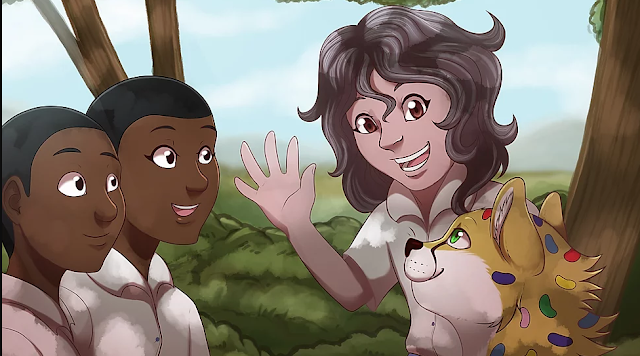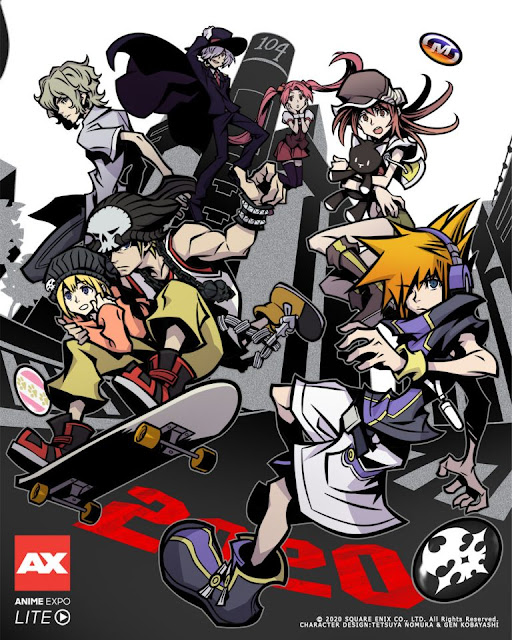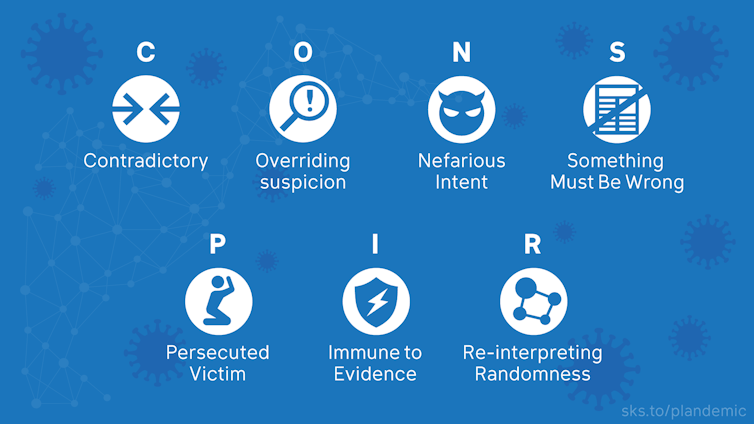| Should you Invest in a PA System? (Photo Credit: cottonbro) |
Do you think a PA system is right for you, your band, your business or school? Chances are the answer is yes! PA systems are a great investment and well worth the money; because they come in so many different types, sizes and setups, you can easily find one that accommodates your needs and is within your price range. Many local musician and electronics shops have staff that will be happy to talk with you about your needs.
If you’re interested in installing a PA system for your business, venue or event you may be wondering what type to get and whether you can set it up yourself. Depending on your size requirements and the type of PA you’re interested in, there are lots of different tutorials out there; for instance, this basic guide for how to set up a PA system. It can definitely save you money to set your own PA system up, just make sure you do it right!
Depending on what you need it for, you might need a specific type of PA system. It’s important to do your research to determine what type is right for your specific location and use. Here’s a few examples:
Bands/Performances
If you’re a musician who wants to invest in your own PA to carry around to gigs, house parties and recording/practice sessions, you may want to invest in a PA that’s already assembled and easy to transport. Nobody wants to spend an hour or two before a show setting up a PA and installing a bunch of equipment. Luckily, several music supply stores carry ready-assembled basic PA systems that have great sound, are easy to use, and easy to transport, giving you convenience and accessibility so you can focus on the music.These are also great for other types of performers and those in industries that need to transport their PA for other in-public performances, lectures or events.
Schools
Most schools these days, whether it’s a K-12 school or an established university, utilize some sort of PA system to make it easy to communicate with students and faculty, as well as make announcements, amplify assemblies, games and events, and so on.Most schools have custom PA systems that are installed by a professional, so you’ll likely want to hire a professional in your area to set up the PA system in your school. Take the time to compare costs and look at different PAs to determine which one is right for the size, layout and uses of your individual school.
Wifi PA systems are becoming increasingly popular around the country, with various schools choosing to go with these for the ease of access and how easy they are to install.
Warehouse/Business
If you run a big business with lots of staff that are scattered across a large building, or if you run a warehouse, manufacturing plant or assembly line, a PA system is going to be your best friend. Being able to communicate over speakers to all of your employees is definitely a more efficient and safe way to speak to your employees while they’re working in various parts of the building. Having a PA system makes it so much easier to find a staff member who might be elsewhere in the building or make announcements while people are busy on the floor.Because so many warehouses are crowded and dealing with heavy or dangerous equipment, having a wireless PA system is really important. Tangled wires, heavy speakers and bulky audio equipment is only going to get in the way and potentially get damaged and/or cause accidents. Luckily there are many great wireless PA systems on the market especially designed for businesses, manufacturers and warehouses. Some can be installed on your own and others may require a professional install.
Churches and Religious Institutions
Many churches and religious institutions are beginning to use PA systems for a variety of needs. They find that having a PA system eliminates the need for their religious clergymen and women to shout and yell across a congregation that may or may not hear them due to hearing difficulties. A PA system adds a little professional polish to a church service while making sermons and meetings more accessible. Many smaller churches choose to go with PA systems that are easy to install and set up on their own, but they sound every bit as good as one that was professionally installed.These are just a few examples of businesses, groups and people who have a need for PA systems. Setting up your own custom PA system for your individual needs is easier than you think, and you’ll be thrilled with the accessibility and amplified sound that they can provide you. Whether you choose a ready-assembled PA system, a system you install yourself or have an elaborate PA system set up by a professional, you’ll be thrilled when you see how a PA system can improve your business, school, church or band.




































